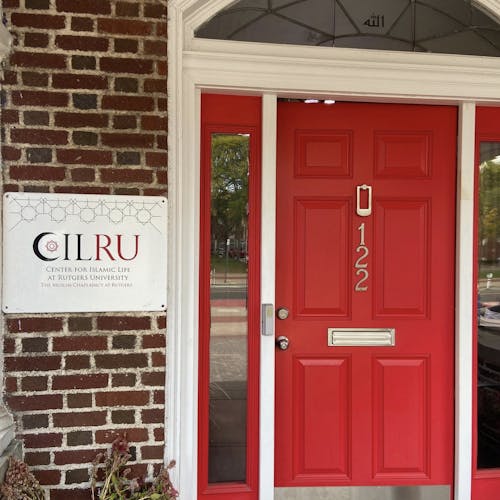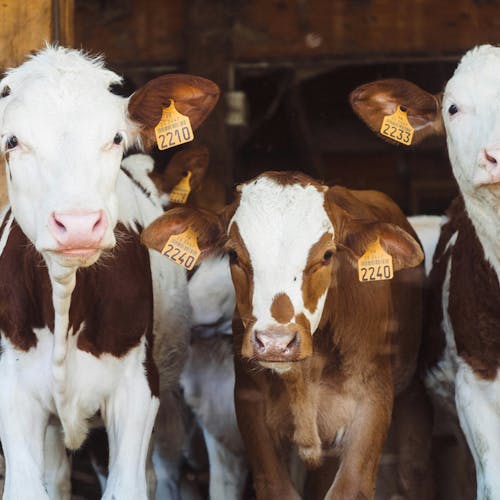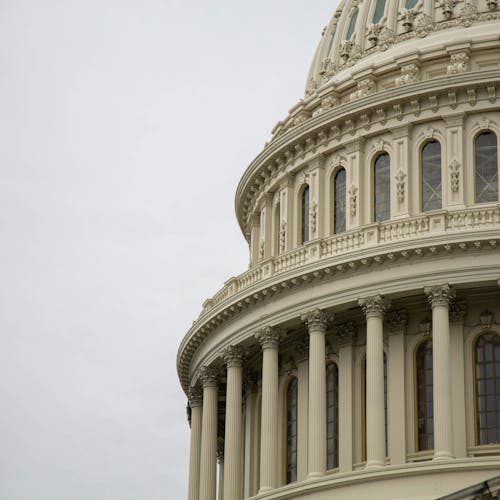Aresty project seeks to increase understanding of bees

With bee populations diminishing in size, researchers across the country are trying to find ways to save bees from disappearing altogether.
Daniel Cariveau, a post-doctoral associate with the Department of Ecology, Evolution, and Natural Resources, leads an Aresty project with two undergraduate students to determine if there are correlations between flower size and its pollinating bee’s size, said Kurtis Himmler, a School of Environmental and Biological Sciences junior.
Himmler said the group collects bees from a field and measures both them and the flowers they pollinate.
Bees have a diverse range of sizes and tongue lengths, while flowers have diverse sizes and depths, Himmler said. Finding a correlation between those factors might help researchers better understand their relationship.
“The goal of our project is to determine whether size matching between bees and flowers can predict which bees visit which flowers,” he said. “We might expect that a bee with a longer tongue would visit a flower with a longer nectar tube.”
The ultimate goal of this research is to help increase the size of bee populations by finding which bees work best for pollinating specific crops, enabling farmers to maximize the production of that crop, Cariveau said.
This project was created after Cariveau became interested in the interactions and influences that plants and animals have on each other’s ecology and evolution, he said.
“Flowers are just a fantastic thing to look at because they have been shaped by bees and pollination” he said. “(Bees) have fascinating and complex life cycles that led me to a lifetime of work on these really interesting critters.”
Rosemary Tucker, a School of Environmental and Biological Sciences sophomore, said that after spending time last semester collecting data, the group is now running analyses to understand the information.
To obtain the data, the group collected bees and measured them using a dissecting microscope, Tucker said.
They also measured over 70 species of flowers to observe variations in flower size, Cariveau said.
“Recently, we’ve been working more on analyzing the data that we have, so we’re doing a lot of work in RStudio doing coding and running analyses,” Tucker said.
In addition to collecting samples in the fields, the team writes their own computer code and calculates statistics on their data, Tucker said.
“Learning how to use RStudio, in general, has been a cool experience. Programming can be addicting at times, you just want to keep working on the code until you get a breakthrough and it finally works. It’s pretty satisfying,” Himmler said.
So far, the group has found data that supports their hypotheses on bee tongues' relation to flower stems, Tucker said. This data would help further the field of pollination ecology.
Different steps can be taken with this analysis, Cariveau said. A large focus of the work is to aid the conservation of bees. The team's goal is to benefit the roughly 400 native bee species that live in New Jersey.
“New Jersey is a big producer of cranberries and blueberries–– both of those crops are dependent on bees to set fruit. These wild bees do a lot of work. They’re not brought in like honey bees are, and they’re really important for a lot of these different crops,” he said.
The team’s work is also focused on understanding how native bees might benefit crops and increase human food supply, he said. Determining the best bee species to pollinate a given crop would help farmers maximize the growth of certain crops to best support both their harvests and the bee population, he said.
Bees, like flowers, are variable in many ways –– they can be as large as a bumblebee or as small as a few millimeters, Cariveau said. They may also have different colors and different tongue lengths, among other unique traits.
“Something that we really hope to show from our presentation at the Aresty Symposium is the diversity of bees," Tucker said. "Most people only think about the honey bee or the bumblebee, but in New Jersey there are (many more) native bee species, and I don’t that’s something people realize."



